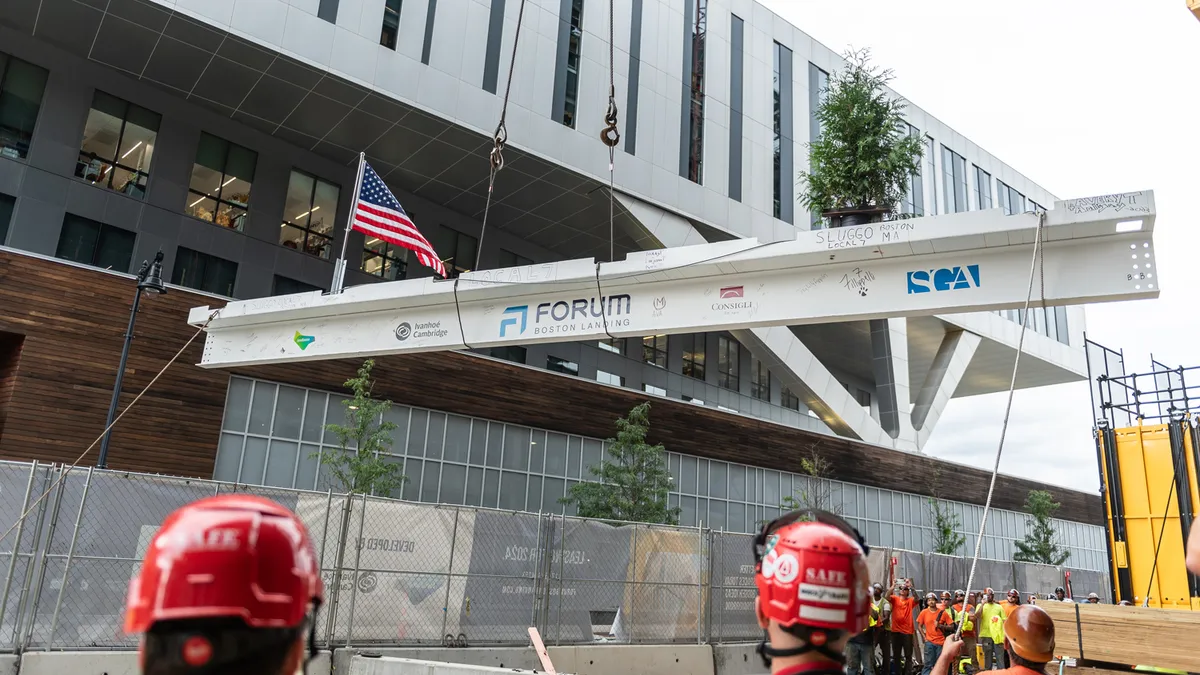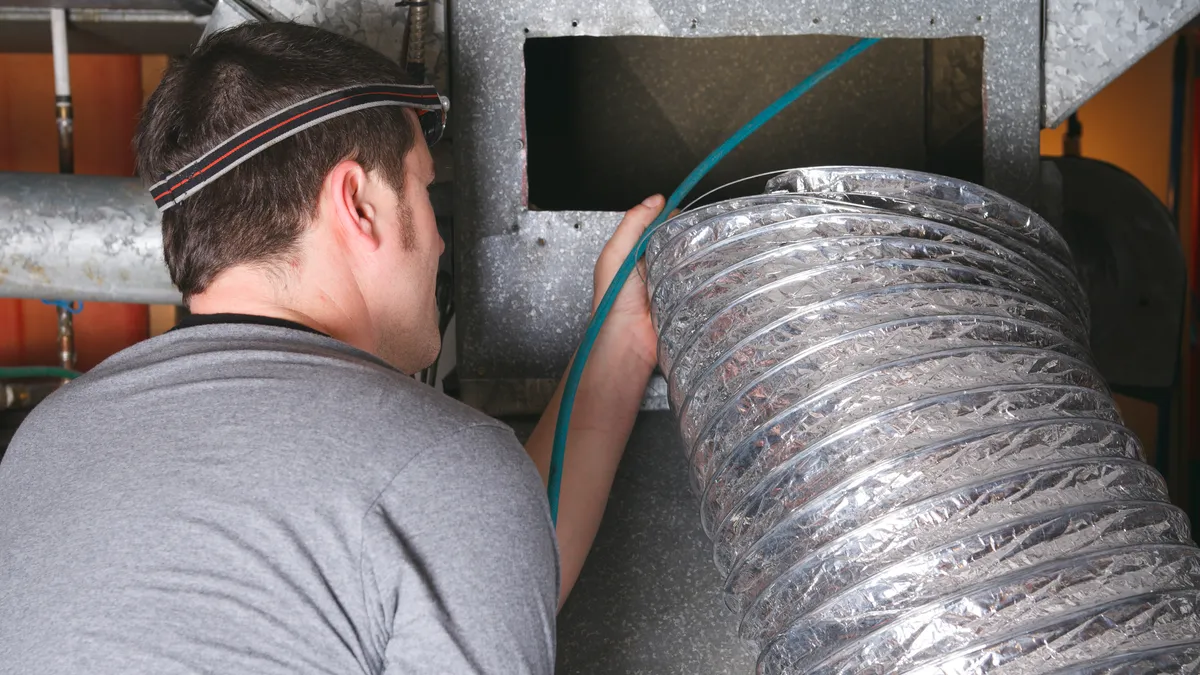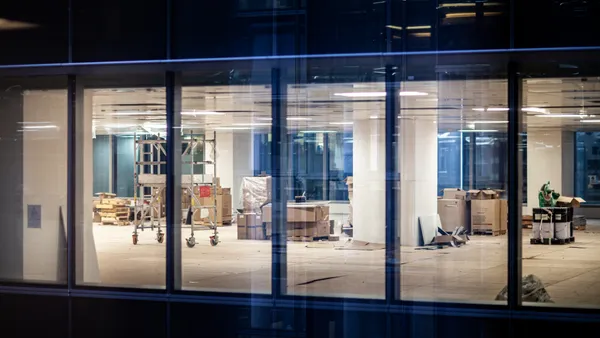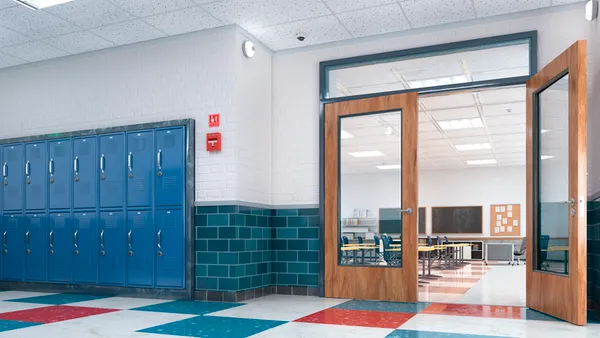Dive Brief:
- The megaproject boom is not only ripping away a chunk of the labor pool from other projects, but also much-needed materials as well, according to a report from Cushman & Wakefield, a Chicago-based commercial real estate services firm.
- For example, contractors in the life sciences sector report lead times increasing from four weeks to nearly two years for materials such as generators, electrical switchgears, electrical panels, AHUs and elevators, said Jason D’Orlando, senior managing director at Cushman & Wakefield.
- “We are still seeing that labor and material shortages are not only causing cost increases but continued delays for companies looking to move or expand,” said D’Orlando. “They are impacting potential growth opportunities.”
Dive Insight:
Multibillion-dollar government infrastructure projects and net-zero efforts are stiffening competition for frequently-used materials.
Inflationary pressures, coupled with labor constraints, have led to critical material shortages and elevated costs for projects outside of the megaproject boom, according to the Cushman & Wakefield report.
For life sciences construction, contractors should expect to continue to experience delays in the following supplies, according to the report:
- AV and security systems: microchips, logic boards.
- HVAC equipment including AC units, air handlers, speciality equipment.
- Electrical light fixtures, electrical switchgear.
- Fabricated millwork.
- Elevators.
Additionally, increased demand for materials used in electrification efforts, like copper and electrical switchgear, will only apply more upward pressure to both prices and lead times, according to the report.
For example, electrical switchgear, which during normal production periods took four to six months to obtain, has seen delays double, and even triple in some cases, over the last year, according to the report.
At the same time, labor constraints continue to make staffing projects difficult, especially as megaprojects across the U.S. drain away potential manpower from other projects.
That suggests the pipeline for lab space has peaked in the U.S., according to a recent life sciences real estate report from JLL, a Chicago-based real estate services firm. The report mentions completion of projects should surpass new project starts in the near-term, thus reducing the pipeline.
Nevertheless, life sciences construction activity remains well positioned to eventually bounce back. That’s because demand for lab space will return when venture capital ramps back up again, according to JLL.
Although the immediate future of private capital flows deployed into life sciences construction activity remains uncertain, record dry powder among the top-20 venture capital firms suggest a hopeful outlook. With this strong level of available capital, investment in 2024 will likely increase again, according to the JLL report.















